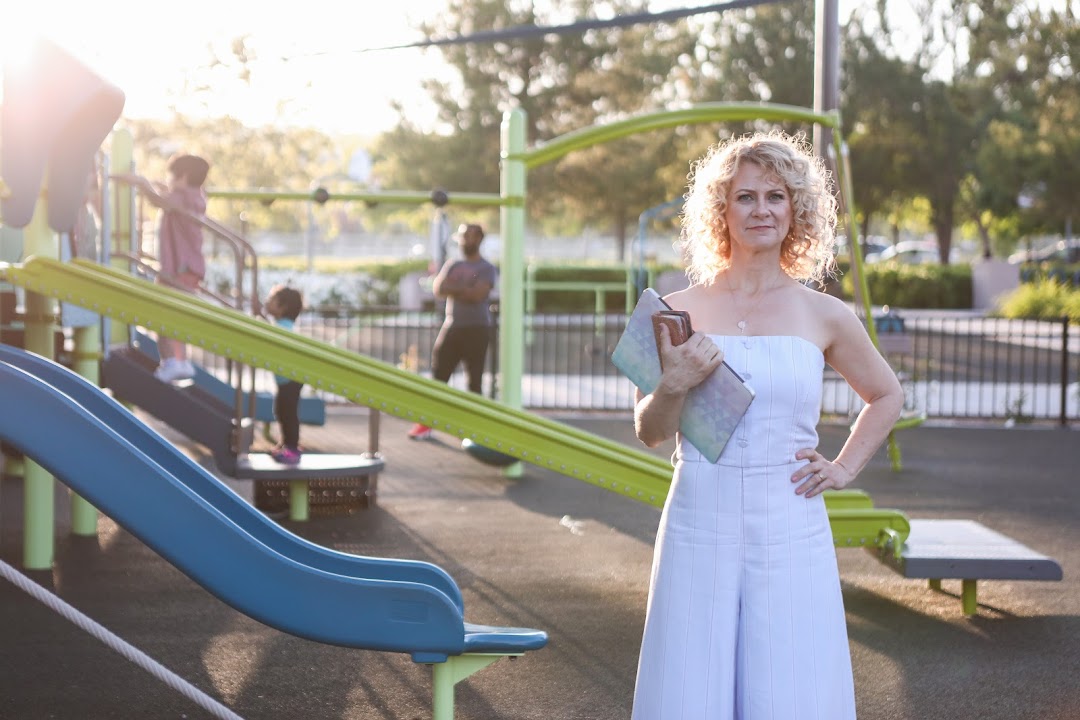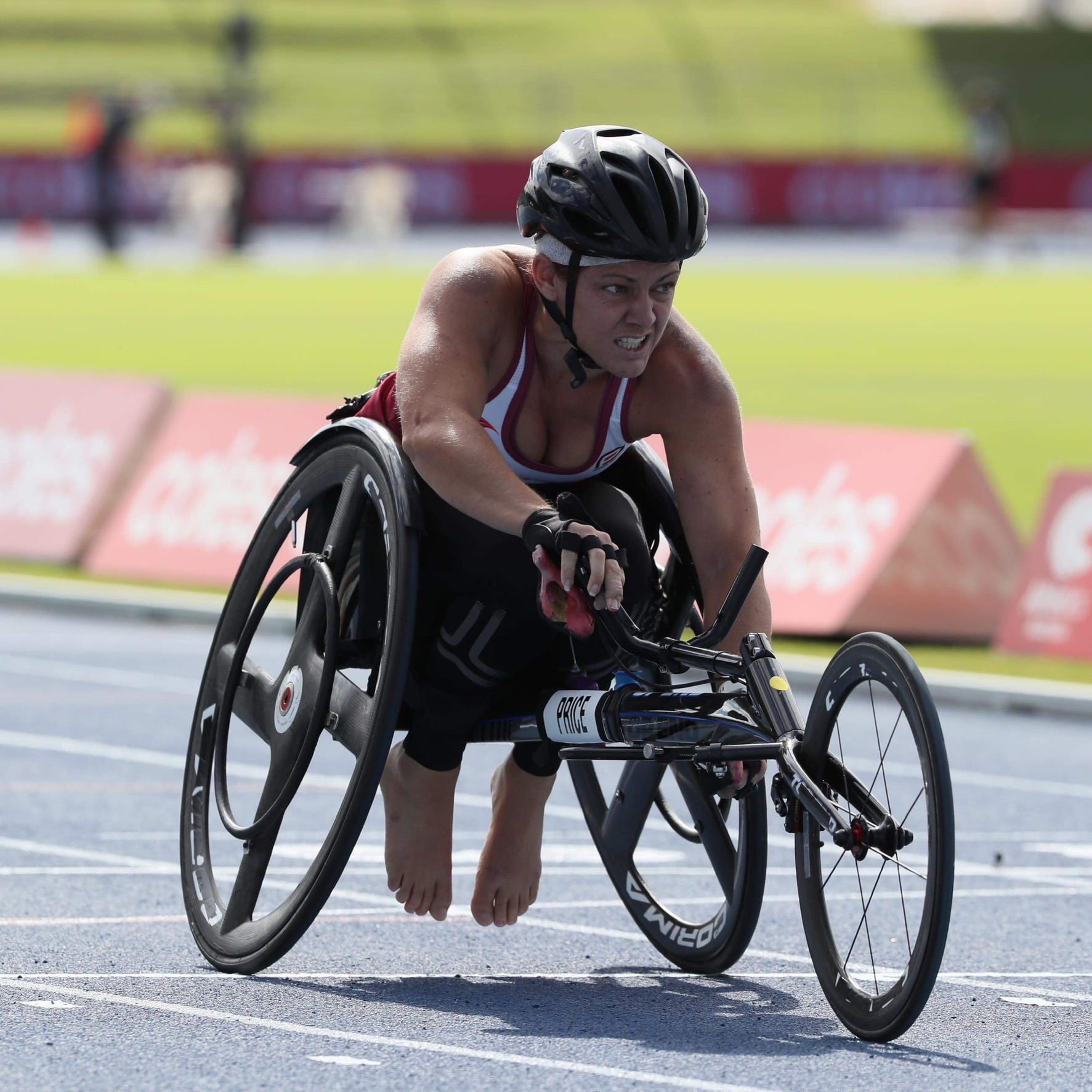The comfort of recovering at home
After being hooked up to an antibiotics drip in hospital for three weeks, David John Watson had had enough.
However, the life-threatening blood poisoning that he’d developed meant another few weeks of intravenous (IV) antibiotic treatment was necessary.
It all began when the normally active 80-year-old, who enjoys art and woodworking, developed pains in his arms and neck and was unable to lift things. “I can’t remember much about it,” says David. “I remember feeling grotty when I went to bed. It was quite a shock when I landed up in A&E. I can remember them taking a blood sample and then things started to move quickly because they’d found that I had sepsis. I was quickly attached to antibiotics.”
Once David got the diagnosis and was put on a drip, he was moved to a ward where most of the patients were bed bound, apart from him. “He was becoming institutionalised. Three weeks. He didn’t like it,” says his wife Josie. The treating doctor mentioned that rather than staying in hospital for a further three weeks, there was an option that would get him back home sooner: Outpatient Parenteral Antimicrobial Therapy, or OPAT.
OPAT is now the standard of care for a wide range of infections, including sepsis. It allows medically stable patients like David, who remain in hospital only because of the need for continued IV antibiotics, to complete treatment in their own homes. This enables patients to maintain their lifestyle, while receiving the high quality care, as in a hospital.
“They told us about the system and asked whether we thought we’d be able to cope with it at home, and we said yes,” remembers Josie. “The next day, one of the nurses from the OPAT team came to show us what we’d have to do, and it did seem very simple at the time. A couple of days later David was released and sent home and we had to do it that first night. We were worried silly. But it is such an easy thing to do. You think ‘antibiotics…needles’ and all that, but it’s not. They make it so easy.”
To be able to administer the antibiotics at home, David had a special IV line inserted into his arm before he left the hospital. It had an infusion pump which would deliver measured doses of the infusion (medicine) into his blood over a 24-hour period. “Josie would get her apron and rubber gloves on, take the infusion out of the fridge, then we’d remove the old bottle and just fix the new bottle onto the tube on the infusion pump connected to my arm. And that was it basically, for 24 hours,” explains David.
In Josie’s opinion, being treated at home sped up her husband’s recovery because he was more relaxed. David also feels he’s been given a new lease on life. “You’re out of the hospital. You’re in your home environment. It’s strapped to your waist and you forget it’s there during the day and just carry on as normal. Absolutely brilliant,” he exclaims.
About OPAT
OPAT is a method for delivering parenteral antimicrobials in the outpatient setting under safe conditions (community or home), as an alternative to inpatient care. OPAT is meant for patients who require IV antibiotics for moderate to severe infections but are well enough not needing overnight stay in hospital. It allows patients to go from hospital to home earlier with a pre-filled elastomeric pump, in order to provide drug administration out of the hospital under safe conditions.






